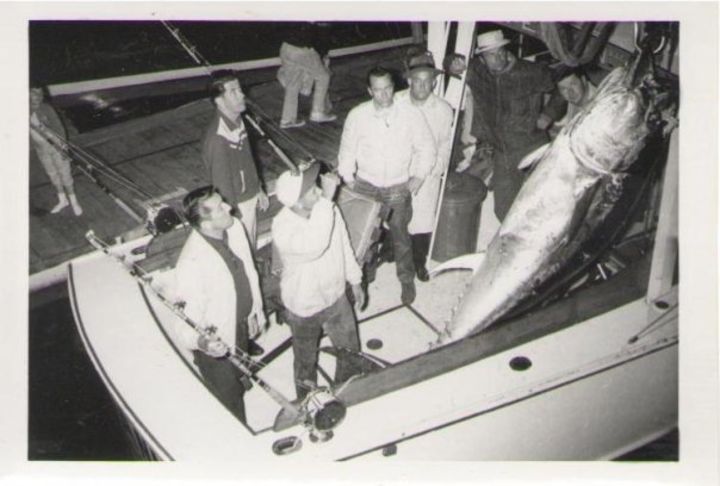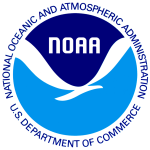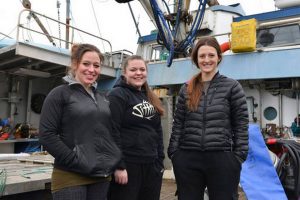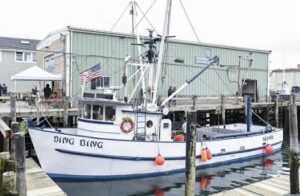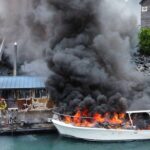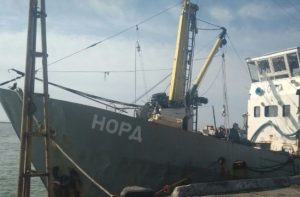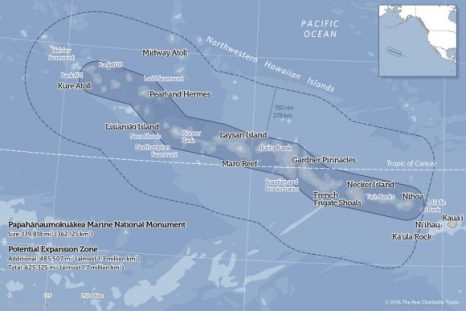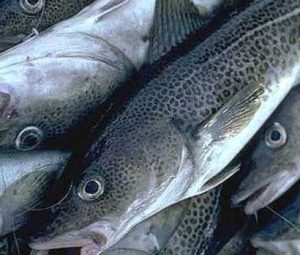Daily Archives: April 5, 2017
Pacific Fishery Management Council meeting in Sacramento April 6-11, 2017
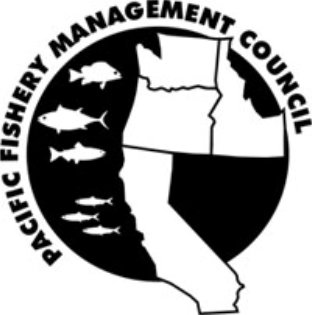 The Pacific Fishery Management Council and its advisory bodies will meet April 6-11, 2017 in Sacramento, Ca. at the DoubleTree by Hilton Sacramento to address issues related to salmon, groundfish, coastal pelagic species, Pacific halibut, and habitat matters. For agenda item topics, please click to see the April 2017 meeting notice with a detailed agenda. The Council meeting will be live‐streamed. Click here to Listen to the Live Audio Stream For more details, click here 19:58
The Pacific Fishery Management Council and its advisory bodies will meet April 6-11, 2017 in Sacramento, Ca. at the DoubleTree by Hilton Sacramento to address issues related to salmon, groundfish, coastal pelagic species, Pacific halibut, and habitat matters. For agenda item topics, please click to see the April 2017 meeting notice with a detailed agenda. The Council meeting will be live‐streamed. Click here to Listen to the Live Audio Stream For more details, click here 19:58
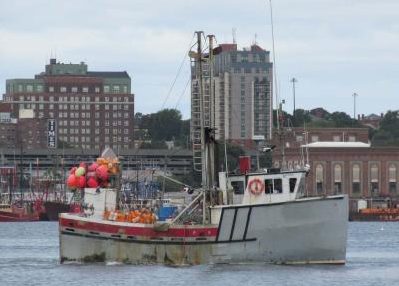
Athearn Marine Agency Boat of the Week: 44′ 11″ x 8′ Novi Longliner, 500HP Cummins, 10 KW Genset, Permits Available
Specifications, information and 8 photo’s click here To see all the boats in this series, Click here 18:13
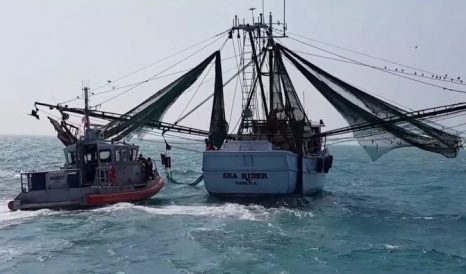
Coast Guard medevacs man, 19, from shrimping boat
The Coast Guard medevacked a 19-year-old man Wednesday from a shrimping boat 7 miles west of Egmont Key. At 10:07 a.m. watch standers from Sector St. Petersburg received a VHF-FM marine band radio channel 16 call from the captain of the 78-foot shrimping boat Sea Rider. He stated one of his crew members was experiencing chest pains and in need of emergency medical assistance. A flight surgeon was notified and recommended the 19-year-old be medevacked. The Coast Guard Cutter Tarpon crew and a 45-foot Response Boat-Medium boat crew from Station Cortez were launched. The Tarpon crew initiated first aid on the man and coordinated with the Station Cortez crew for transport to Fort De Soto Bay Pier where EMS were waiting. The man was transferred to the EMS in stable condition. Click here to watch video 17:50
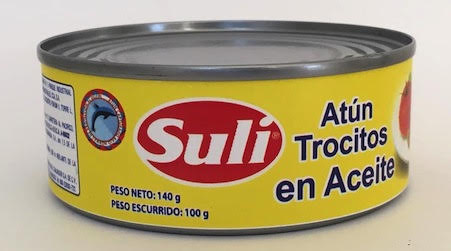
Walmart Exposed for Selling Dolphin-Deadly Tuna in Costa Rica
Investigations by the nonprofit International Marine Mammal Project (IMMP) have revealed that, in its Costa Rican locations, Walmart has been selling its own brand of canned tuna that has been caught using fishing methods that harass and kill dolphins. These practices make Walmart’s tuna brand — called Suli — dolphin-deadly, though Suli tuna cans carry a misleading seal claiming that the tuna is dolphin safe.,,, In what appears to be a deliberate attempt to mislead consumers, on its Suli label, Walmart includes a blue dolphin seal with the words: “Tuna caught under dolphin protection standards” in Spanish. The cans also note that the tuna is a “Product of Mexico.” click here to read the article 15:00
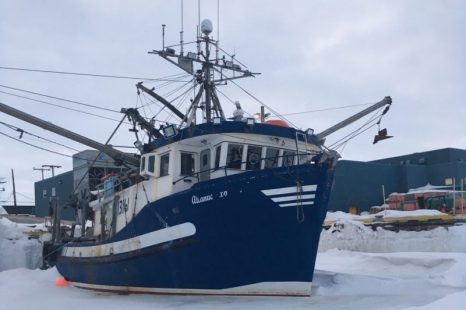
Shrimp industry instability ‘nerve wracking’
When Rodrick Cornick bought into the inshore shrimp fishery three years ago he expected a better future. Cornick operates the Atlantic Explorer, co-owned with Terrence House, based out of Port aux Choix. They fish for shrimp in area 6 out of St. Anthony. When Cornick bought a share of the enterprise in 2014, he says his shrimp quota would have been equivalent to 1.1 million pounds. At that time, he had little idea what was to come. “Here in the gulf area, the shrimp fishery has been on the go for 40 years and has been fairly consistent,” explains Cornick. “And down in area 6, the banks lent me money based on 20 years of steady allocations.” Then the bottom fell out.,, Cornick also questions the methodology used by DFO to determine the shrimp biomass. read the story, click here 14:11
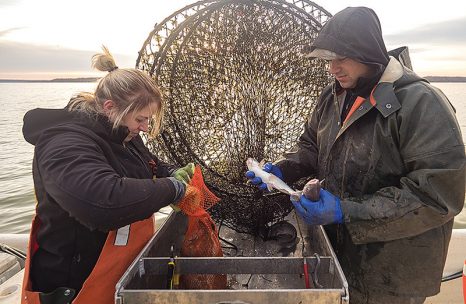
“Eat the Invasives” – New catfish reg threatens watermen’s livelihood, Chesapeake Bay
Richard Turner Jr. maneuvered his Carolina Skiff around Gunston Cove in the Potomac River, then hoisted a hoop net out of the water that he’d left there hours ago. Inside wriggled a 12-pound blue catfish. These mustachioed menaces have been eating their way through the Potomac River and the rest of the Chesapeake Bay for the last decade. They can grow to 5 feet long and weigh up to 100 pounds while gobbling up other commercially valuable fish, such as menhaden and blue crabs. Turner and a growing number of fishermen are turning the tables on these invasive predators. Spurred on by a burgeoning market and the lack of any harvest limits, the blue catfish commercial fishery has taken off. But a new federal regulation could disrupt what many see as one of the most successful “eat the invasives” campaigns in the country. Under legislation passed by Congress years ago to protect Mississippi’s farmed catfish industry from foreign imports, sales of any type of catfish, including these wild-caught in the Chesapeake region, will be subject to inspection by the U.S. Department of Agriculture. The requirement takes full effect in September. continue reading the story here 11:51
Trying to make a living
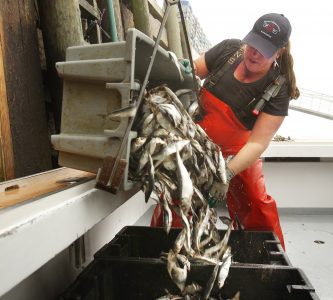 As soon as Old Man Winter indicates he’s loosening his grip on the Maine coast and spring is finally in the air, lobstermen will begin to rig their traps in preparation for the upcoming fishing season. One of their prime concerns this year, as in any year, will be questions about bait supplies and costs. Like other businessmen, how much money lobstermen take home at the end of the day, and what their annual profits will be, depends upon their costs and the price per pound their lobsters bring at the dock. In addition to any boat payments they may have, and for some fishermen with newer boats, these are high, they’ll be eyeing current fuel and bait costs.,, continue reading the op-ed here 10:32
As soon as Old Man Winter indicates he’s loosening his grip on the Maine coast and spring is finally in the air, lobstermen will begin to rig their traps in preparation for the upcoming fishing season. One of their prime concerns this year, as in any year, will be questions about bait supplies and costs. Like other businessmen, how much money lobstermen take home at the end of the day, and what their annual profits will be, depends upon their costs and the price per pound their lobsters bring at the dock. In addition to any boat payments they may have, and for some fishermen with newer boats, these are high, they’ll be eyeing current fuel and bait costs.,, continue reading the op-ed here 10:32
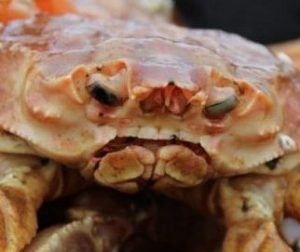
Editorial: Fished out – It’s hard, hard times.
It’s a veritable seafood platter of bad news: a collapsing shrimp quota, falling crab numbers, and a cod stock not remotely healthy enough to even think about having as a fisheries mainstay. The worst part of the news came as a one-two punch: Friday, a 63 per cent cut in the Area 6 shrimp quota. Monday, a 22 per cent cut in crab quotas. The cod? Early last week, scientists made it quite clear that the stocks aren’t healthy enough yet to be any sort of late-breaking fisheries savior. Cod stocks are still in the critical stage; rebuilding, yes, but not anywhere near enough to support an expanded fishery. continue reading the op-ed here 09:57
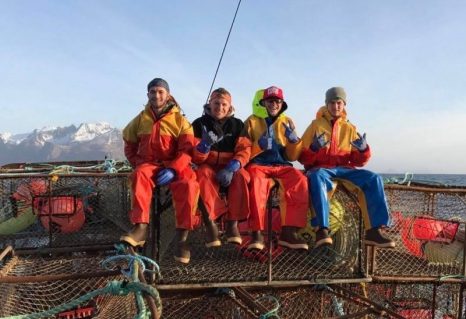
North to Alaska! Young Maine Fishermen test their mettle in Homer
A group of friends, Mount Desert High School alums, got a taste of what it’s like to be “Deadliest Catch” fishermen after spending several weeks this winter fishing for cod out of Homer, Alaska. “Deadliest Catch” is the Discovery Channel series about a fleet of king crab fishermen in Alaska’s Bering Sea. It documents one of the deadliest professions in the world. Naturally, such a an experience appeals to young men, which is what prompted Colby Candage, 18, Andrew Hanscome, 19, John Phelps, 20, and Boomer Carroll, 21, to trek across the country for a taste of the demanding profession. Candage, the youngest full-time captain in the Bar Harbor lobster fleet, had just completed his first full season on Gitn’RDun, his 35-foot Duffy, and was looking for something to do in the off-season. continue reading the story here 08:19







